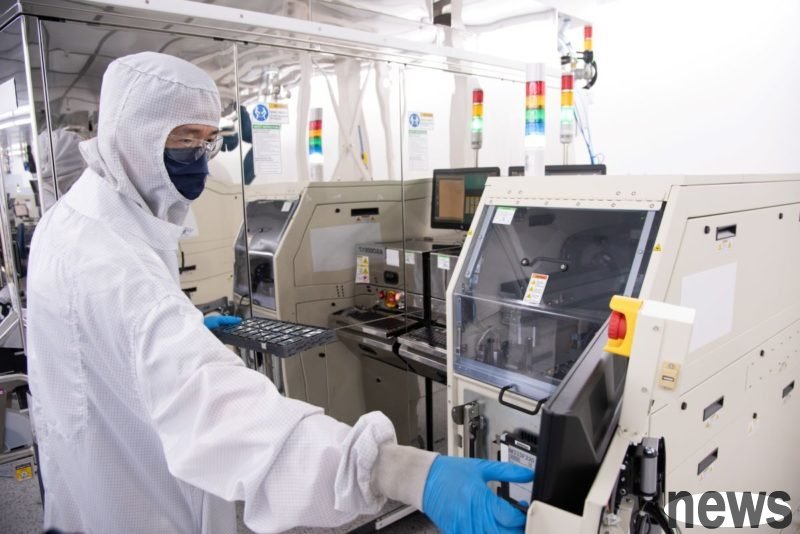The semiconductor industry is facing a serious talent shortage! By 2030, millions of people will be seen

As chip demand continues to increase, global semiconductor industry is growing rapidly. According to data from the International Semiconductor Industry Association (SEMI), the industry is facing serious talent imbalance problems, especially professionally qualified engineers and leaders are in a shortage of speed. Although governments and enterprises are actively promoting the cultivation plan, the progress seems to be insufficient to meet the technological manpower gap that will break out in the next few years. It is expected that by 2030, the world will have a shortage of about 1 million skilled semiconductor personnel.
SEMI expects that by 2030, global semiconductor industry will need to recruit approximately 1 million professional talents. The Semiconductor Industry Association (SIA) estimates that a shortage of 67,000 related technical personnel will be short of just the U.S. market; the European gap will exceed 100,000 engineers, and the talent shortage in the Asia-Pacific region is more likely to exceed 200,000.
In addition, the industry also needs to add 100,000 middle-level management positions and 10,000 high-level leaders. However, due to insufficient core talents, many supervisors in semiconductor companies may need to be transferred from other industries in the future.
The industry remains optimistic about semiconductor industry, with about 19% of senior executives expecting that the industry will continue to grow in the next four years, and there is little oversupply.
Currently, major semiconductor manufacturers such as Grofonte, Intel, Infineon, NXP, STMicroelectronics, Samsung and TEK are actively expanding their capacity around the world, further increasing the urgent demand for technical talents.
The report pointed out that the core problem of talent shortage comes from the academic side, and fewer and fewer students are currently choosing engineering subjects related to semiconductors. For example, in 2021, the number of students in STEM (science, technology, engineering, mathematics) related departments decreased by 6.5%, while in 2018, there were only 82,000 motor engineering students; in Irland, only 742 freshmen chose to study motor engineering, and in 2018, only 13,767 students in the United States obtained a bachelor's degree in motor engineering.
In addition to academic issues, labor aging is also a major problem, and the industry's skill demand for talents is also changing. Taking Europe as an example, enterprises are now paying more attention to AI and machine learning technology, and compared with the importance of traditional system architecture knowledge has declined. In addition, embedded software development needs gradually replace traditional genres and digital circuit designs.
Overall, if the cultivation of technical talents is not accelerated, the education system is strengthened, and external human investment is attracted, global semiconductor industry may face an unprecedented "talent bottleneck" by 2030, which may limit the overall development potential and production capacity expansion speed.
At present, the industry is gradually improving salary, work and life balance, and career space. In addition, 73% of companies have begun adopting "skills and abilities"-oriented recruitment methods, without overly relying on academic background or industry experience. Some companies even extend executive talents from adjacent industries such as software or industrial automation.
In 2023, the United States launched a new project called Workforce Partner Alliance, with funds coming from a US$5 billion budget compiled by the National Semiconductor Technology Center (NSTC), aiming to train the skilled talents needed for semiconductors. The project is expected to provide grants ranging from USD 500 to USD 2 million per bill for up to 10 human development projects, and more application opportunities will be opened in the future.
Semiconductor industry faces critical talent crisis — one million additional skilled workers needed by 2030 Extended reading: Amazon AWS Generative AI High-level Leaving, and the battle for scientific and technological talents is rising again Micron: 1γ DRAM yield is progressing smoothly, 1γ process LPDDR5X memory delivery



